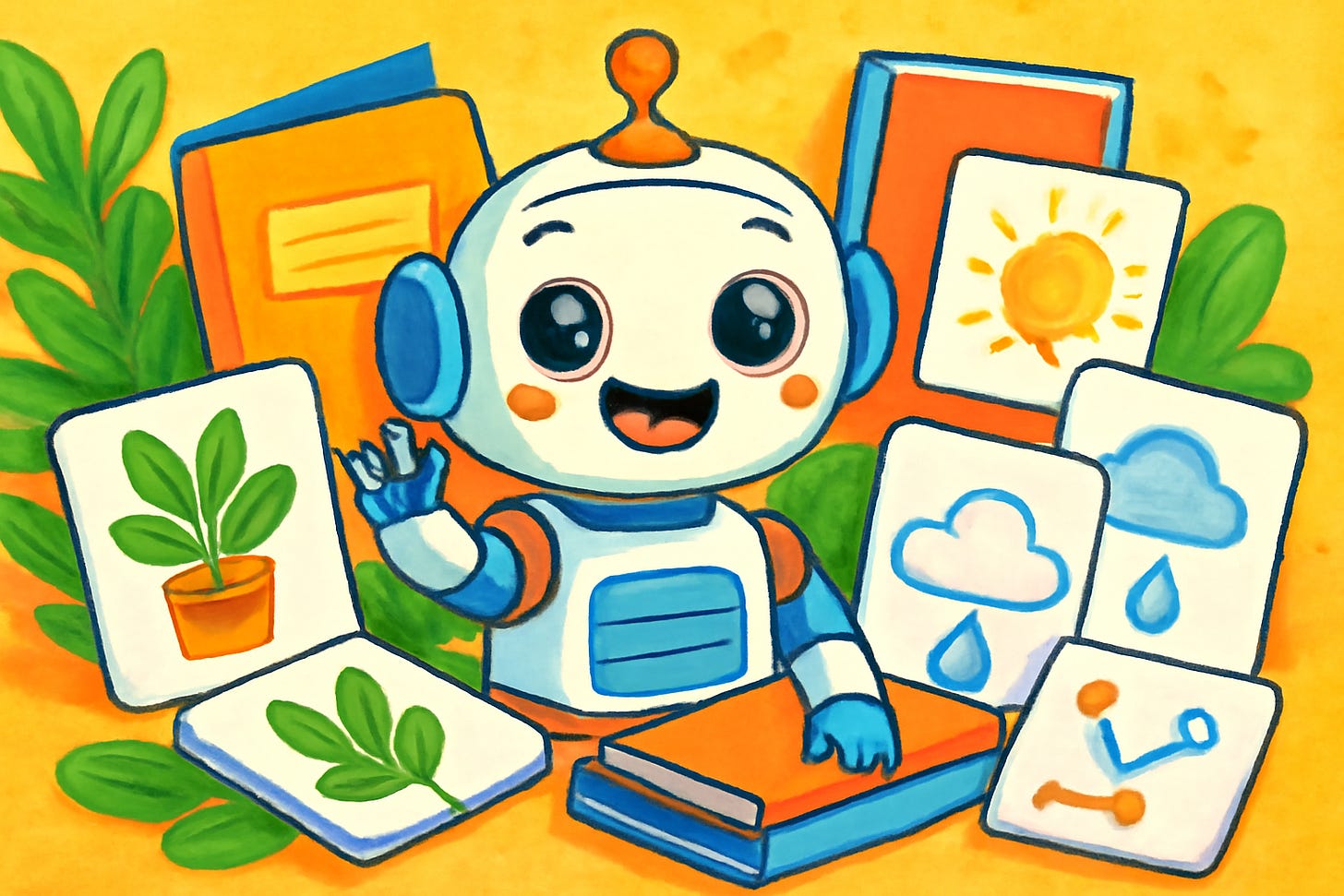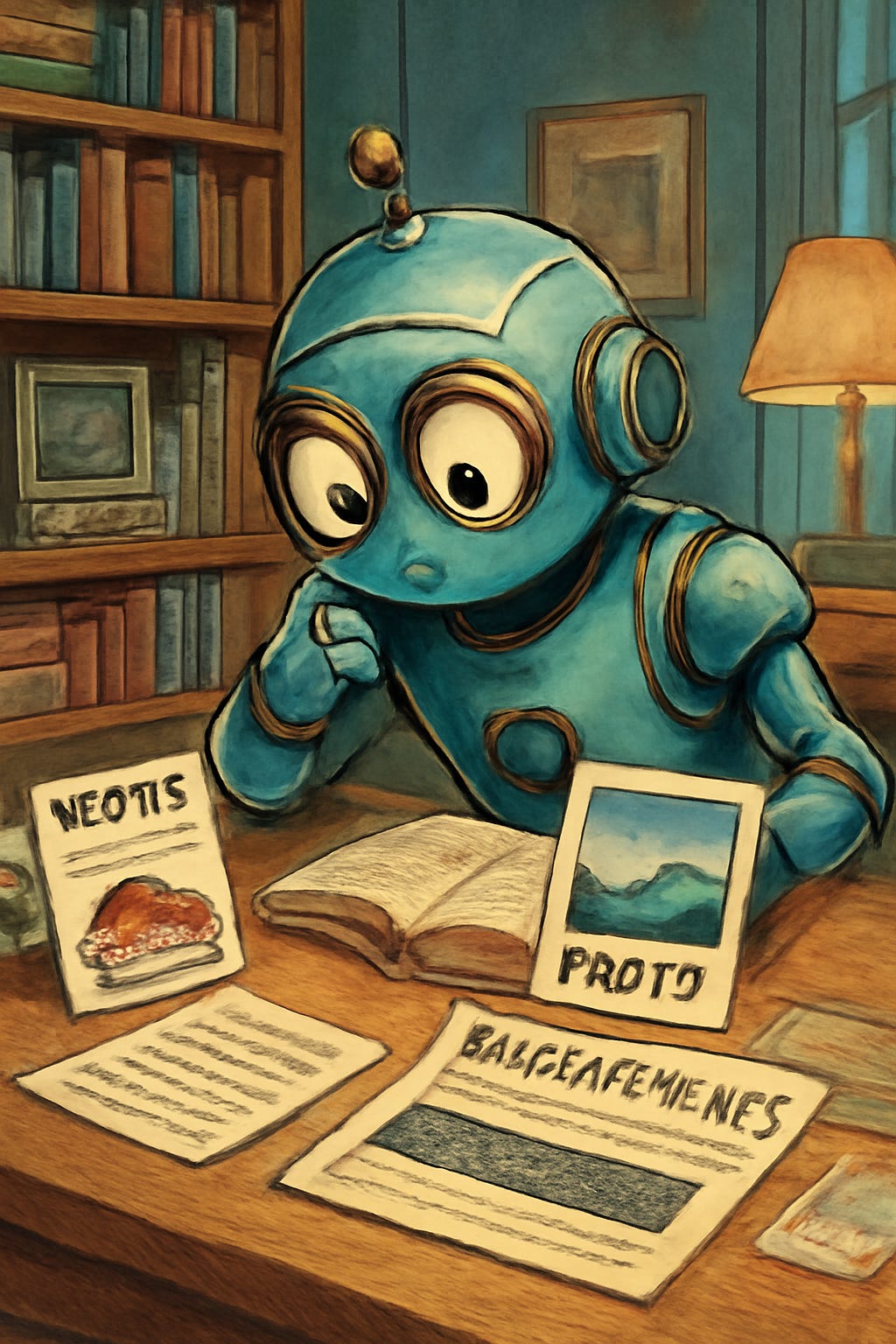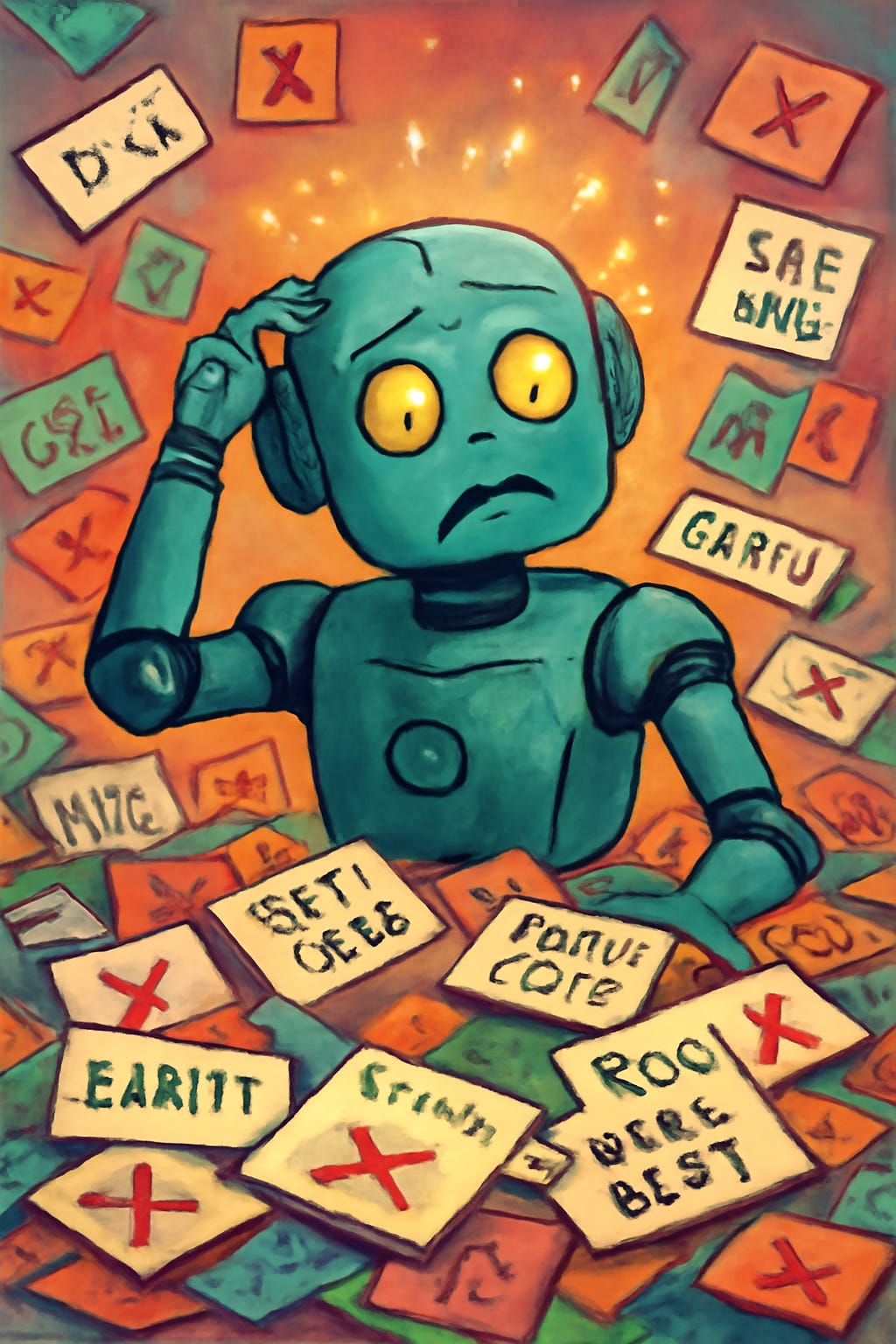Unlocking Supervised Learning: How Everyday Data Teaches AI to Predict and Classify
Get a guide to supervised learning—how models find patterns in labeled data, the difference between classification and regression, and surprising real-world scenarios that make smart prediction
How Machines Get Smarter With Feedback?
Imagine teaching someone how to paint by showing dozens of finished artworks and giving gentle hints on brushstrokes, colors, or techniques. Over time, those hints add up, and the student starts producing beautiful paintings on their own.
Supervised learning applies that same principle: giving algorithms examples with the “correct answers” until they learn the rules nearly as well as a human teacher.
Whether sorting photos of pets and wildlife for an online gallery, predicting tomorrow’s weather, or recognizing patterns in handwritten notes, supervised learning is about learning from experience—and reacting with smart guesses the next time.
From Examples to Expertise: How the System Works
The backbone of supervised learning is labeled data. Each example the algorithm sees includes not just the input (like a photo or list of numbers), but the ground truth—what the right answer should be.
The learning process involves making predictions, comparing to the labels, and tweaking parameters to reduce mistakes.
Picture a system reviewing hundreds of cooking recipes labeled “vegetarian” or “meat-based,” gradually improving its ability to spot which category a new dish belongs to.
Or imagine a smart planner estimating how long a bike ride will take based on the rider’s past trips, weather history, and route information.
Two Main Tasks: Sorting and Predicting
Supervised learning usually tackles two kinds of challenges:
Making Sense of Categories: Classification
Here, the goal is to assign each item to the right group from several possible choices. Whether tagging old family photos by who’s in them, filtering emails into “work” or “personal,” or helping botanists organize plant species based on leaf shapes—classification is everywhere.
Sorting medical test results to flag potential issues
Organizing purchases for expense tracking
Grouping emails to spot phishing attempts
Predicting the Future: Regression
Instead of picking the right box, sometimes we’re aiming to forecast a number or value. Regression comes in handy for everything from predicting next week’s electricity usage to estimating the value of a car based on its condition and history.
Estimating crop yields based on soil and rain data
Calculating wait times for deliveries using recent traffic and route patterns
Forecasting apartment rental prices in different neighborhoods
Training the Model: Practice Makes Perfect
Supervised algorithms always start out with wild guesses, much like a beginner learning any new skill. With every example and correction, they adjust their “mental model” until they’re making predictions with confidence. Regular feedback shapes the learning curve—much like a student practicing with instant quiz results.
At the heart of this is a loss function, measuring how far off predictions are and guiding the model to get smarter.
Surprising Ways Supervised Learning Touches Daily Life
Instead of sticking to the well-known smart gadgets, consider these less-talked-about examples:
Wildlife conservationists use image classification models trained on labeled field photos to track and protect endangered species.
Energy analysts predict solar power output using weather data and historical performance from labeled plant logs.
Scheduling platforms plan event logistics by learning from outcomes of previous setups, adjusting for time, location, and attendee data.
Language tutors spot pronunciation errors and suggest improvements by comparing students’ speech recordings to labeled native pronunciations.
Why Good Data Matters
The magic only works if the system gets clear, consistent examples and corrections.
If labels are wrong—if a mushroom photo is tagged as a tree—the model’s lessons become muddled. Like any learner, it thrives when practice and feedback are reliable.
Limits and Challenges: A Cautious Approach
Supervised learning models can stumble when faced with rare, new patterns never seen in training data, or when the feedback isn’t precise enough.
And gathering enough high-quality, labeled data can be as challenging as teaching a large classroom of diverse students.
Bringing It All Together
Supervised learning is all about teaching algorithms by example and feedback, letting them sort, predict, and adapt to new problems with surprising flexibility.
It’s like guiding a curious student through practice—every case learned, every mistake corrected, brings sharper and more confident predictions.
From conservation and logistics to agriculture and language learning, this approach helps create smarter solutions for real challenges in everyday life.
Thank you for reading :)
If this piece made you pause, reflect, or even jot something down for later, that’s the kind of work I love creating.
And if you’d like to keep the conversation going, you’ll always find me on LinkedIn.



